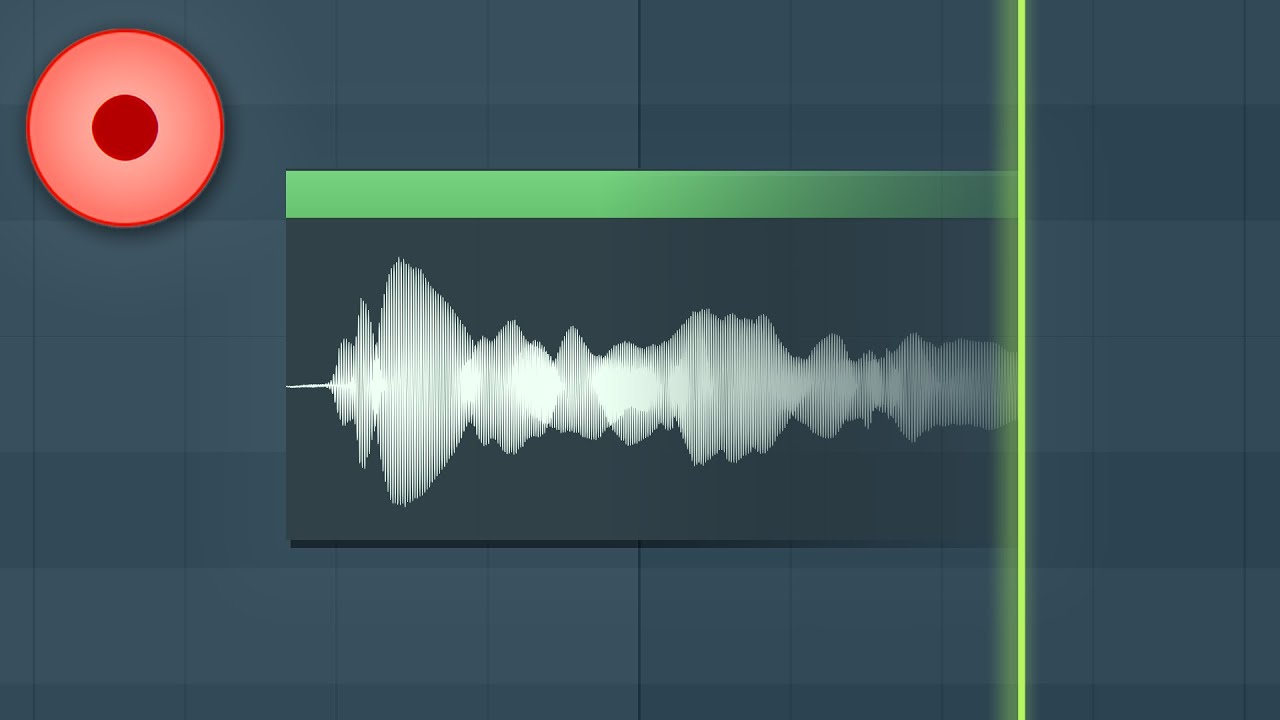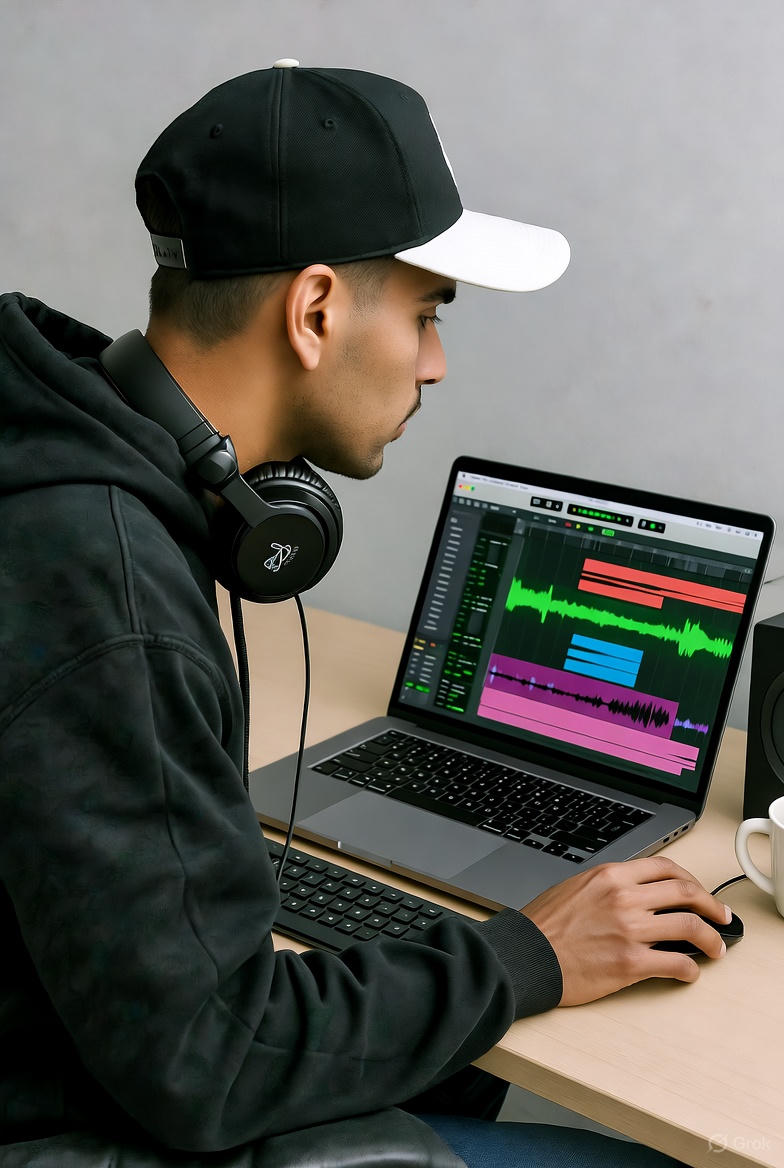!Let Us HELP YOU!
We have a lot of curated content on this blog.
Take this simple 20 second Quiz to Help You
Find The Exact Content You Are Looking For!
In this blog, we’ll delve into the unique production techniques that make Tyler, the Creator’s latest album, Chromacopia, a standout masterpiece. By exploring his creative process, we aim to inspire fellow producers to think outside the box while crafting their own beats.
Table of Contents
- Introduction to Tyler’s Journey
- Understanding Chromacopia
- Breaking Down Rattata
- The Unique Sounds of Rattata
- Smart Decisions in Drum Design
- Exploring Take Your Mask Off
- Diving into Sampling Techniques
- Layering Sounds Effectively
- The Importance of Simplicity in Patterns
- Unpacking Hey, Jay
- BPMs and Beat Making Decisions
- Visualising BPM with Beakers
- Final Thoughts on Chromacopia
- Engage with Us
- Frequently Asked Questions
Introduction to Tyler’s Journey
Tylers transformation from a fledgling producer to a successful one is astounding. In the beginning, with only basic instruments out of which he produced beats that absorbed his own atypical imaging of the piece. He has turned over the years into a sound wizard with the mastery of a music production that is rarely found among others. He embodies the view that music is often composed under restriction.
The Early Days
Like many, Tyler began with basic software, a cracked version of Fruity Loops. The inability to save his work didn’t hinder his creativity; it sparked innovation. Every beat was a chance to experiment, to push boundaries. This tenacity laid the foundation for his distinctive style.
From Amateur to Innovator
Tyler’s journey in the music industry is a proponent of his dogged thirst for originalness. He was not fitting into the industry trends. On the contrary, he presented a completely different style that includes various genres, thus, he was able to give a new listening experience to his audience. This is clearly illustrated in his newly released project, Chromacopia, with each song describing a tale through different sounds.
Understanding Chromacopia
Chromacopia is more than just an album; it is a journey into sonics. Each of the tracks has been carefully arranged and assembled, with Tyler showcasing his skill of intertwining complicated melodies with daring percussions. He is the one who revealed his growth as an artist through the album which is also a canvas depicting tyel he is influenced by.
Production Techniques That Stand Out
Tyler employs techniques that challenge conventional production norms. For instance, his use of unconventional sounds and layering techniques enhances the depth of each track. This approach not only showcases his creativity but also inspires fellow producers to experiment with their own sounds.
Breaking Down Rattata
Besides Tyler’s production creativity, Rattata shows this in the Chromacopia‘s not-to-be-missed track. Generally, it looks simple, but if one tries to see beyond the surface or looks deeper, one can find the hidden complexities.
The Core Elements
The track features a squealing detuned synth paired with an aggressive 808 bass. These elements create a unique soundscape that sets the stage for Tyler’s distinct production choices. Unlike typical trap beats, Tyler opts for a percussive sound instead of traditional claps or snares.

Innovative Drum Design
Making the choice of adding a lot of reverb to the main drum sound is Tyler’s unconventional. This decision could sound like, a floaty and ungrounded beat but Tyler uses the bright digital percussion that is dry to balance this. The use of contrast here not only occupies the space but the also seriously mix the elemenhts.
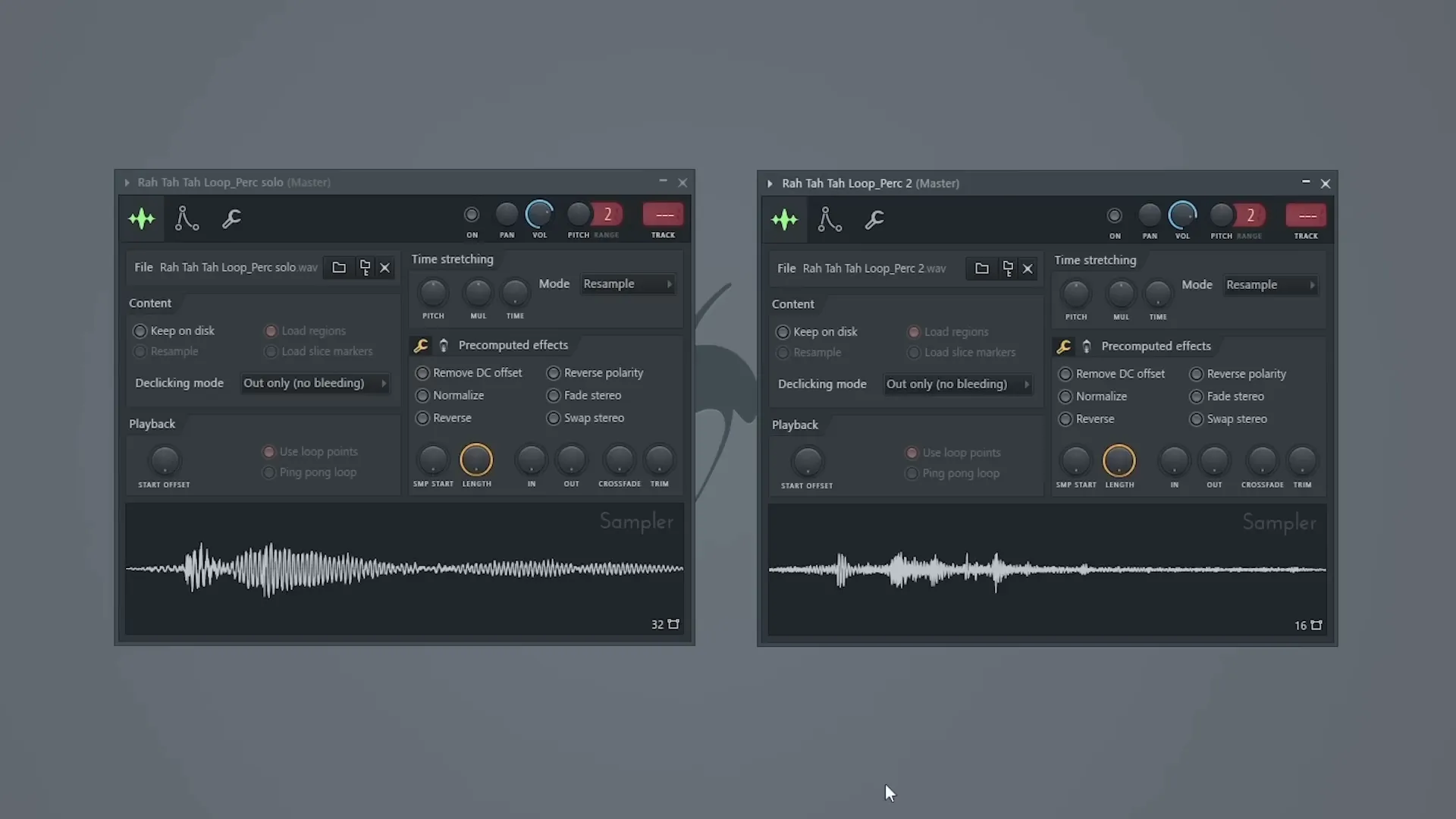
The Unique Sounds of Rattata
The unique factor that Rattata possesses is its sound design. The fact that he doesn’t follow the common route proves that Tyler is a genuinely original artist. This music is background to a totally changed concept of hip-hop.
Layering Techniques
Layering is an essential feature in Tyler’s production. For example, in Rattata, he manages masterfully to mix different sounds and present a stunning auditory experience. This method is not only a means of adding thickness, but also a way of facilitating a higher emotional expression in the music.
Creating Space and Depth
Tyler is very much aware of the fact that his tracks need space. He develops a rhythm that is attractive to the listeners through the selection of the elements he inserts to the track. Through this, he avoids the beat from being repetitive and thus it can have tension and relief moments.
Smart Decisions in Drum Design
Tyler’s creativity extraordinarily reveals itself in drum design. His non-conventional decisions are the very things he dowels to propel his beats to unique dimensions in the saturated industry. Instead of forthing to a repertoire of common frameworks, he embraces ingenious remedies thus cosmic the sound of the whole.
Reinventing Traditional Elements
Tyler’s (Rattata) music is not one of the many but the only examples in which he has remade the sound of classic drums. He uses original percussion elements instead of claps and snares, which in turn introduces a new texture to the track. As such, he not only trends a new sound but also inspires other producers to explore beyond the boundaries.
WEBSITE RESOURCES FOR MUSICIANS
Balancing Complexity and Simplicity
Tyler’s production has taught me one of the main points of the balance between complexity and simplicity. Even though complicated sewing patterns can be very attractive, at times it is better to have something simple. Tyler makes a good point by showing that a simple rhythm, which is well-positioned, can be as strong an effect as a complex one.

Exploring Take Your Mask Off
Take Your Mask Off is a track that displays Tyler’s groundbreaking sampling skills. To the unsuspecting listener, it can just be a basic loop, yet there’s a lot more things that are going on hidden from the eyes.
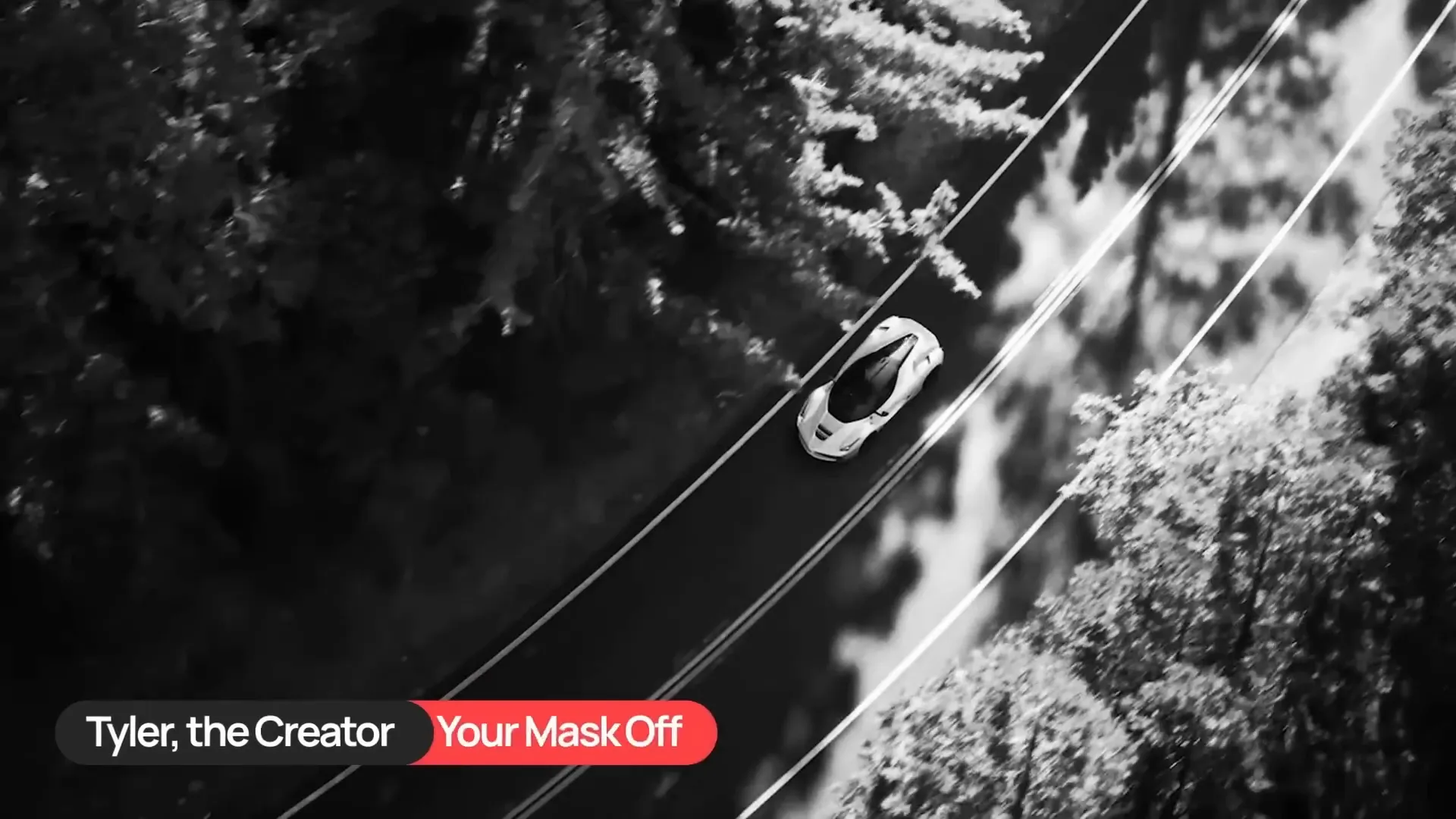
The Sample and Its Manipulation
Half a semitone is the pitch of the sample used in this track, which is a common technique for Tyler. It is this slight adjustment that gives the sound a touch of individuality. The drums’ prominence is a must while layering, and the artist does this outstandingly well.
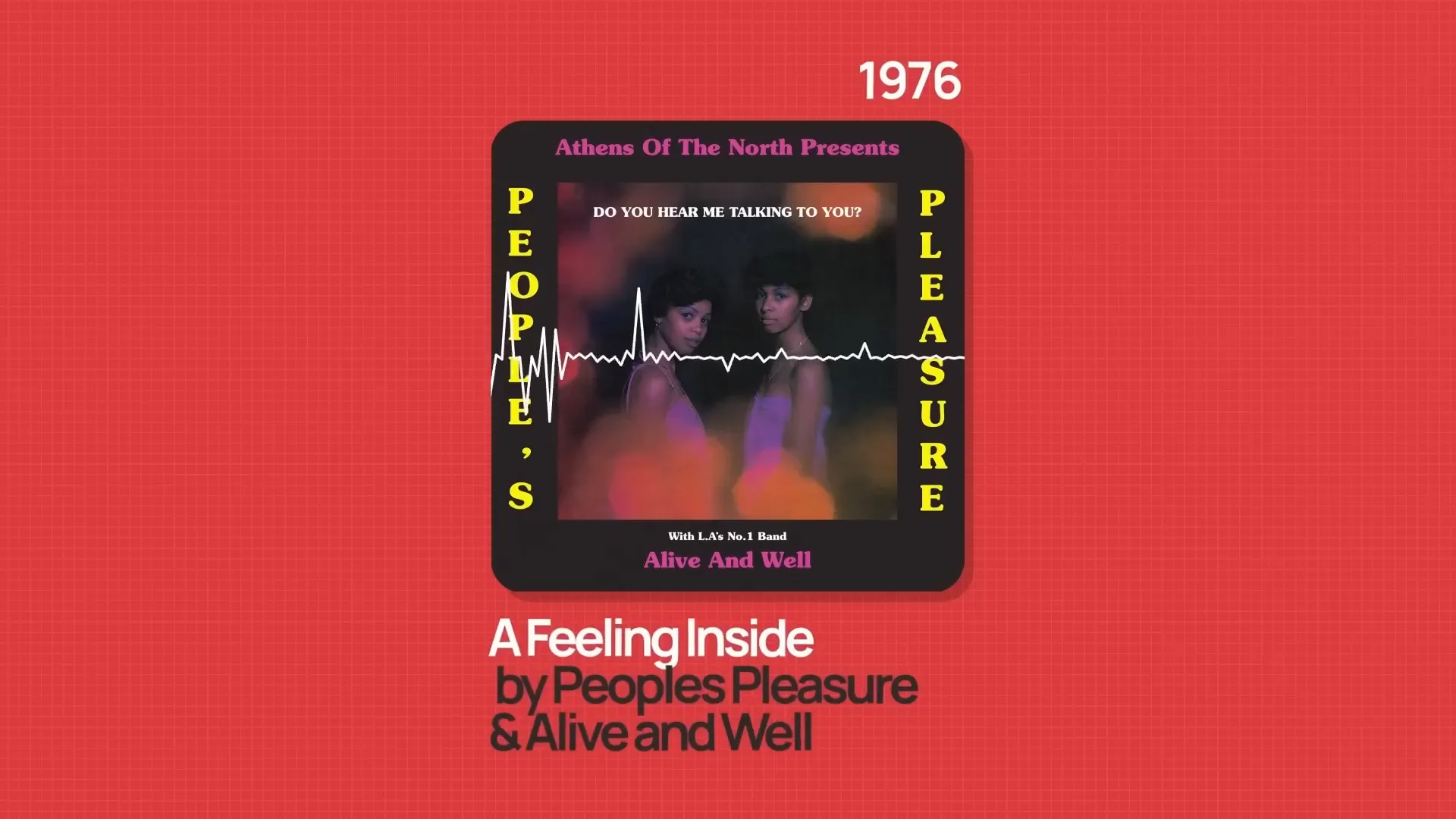
Building Unique Drum Patterns
The way Tyler drums is a complete revolution. Rather than being dependent on the drum patterns of the main sample, he first removes them and later changes them. This way he introduces a totally different, yet very appropriate, rhythmic part to the source material.
Layering Sounds
The way Tyler can add different sounds is just incredible. In Take Your Mask Off, he throws in a mischievous synth that plays tag with the sample. This method of layering not only adds special texture to the track but also illustrates the necessity of sound placement carefully as much as possible.

Keeping It Simple
One of the errors that most producers commit is the tendency to make their patterns overly complicated. Tyler steers clear of this by having his figure simple and repetitive. With this option, the consumer can concentrate on the details of the sample while being that it is an engaging effort.
Diving into Sampling Techniques
Sampling is an art form, and Tyler has mastered it. His ability to manipulate samples while retaining their essence is what sets him apart. Let’s dive deeper into his sampling techniques and how you can apply them in your productions.
Extracting and Isolating Sounds
One of Tyler’s standout techniques is isolating drums from samples. By using modern stem-splitting technology, he can pull out individual elements and create his own patterns. This not only solves compatibility issues but also enhances the overall quality of the track.
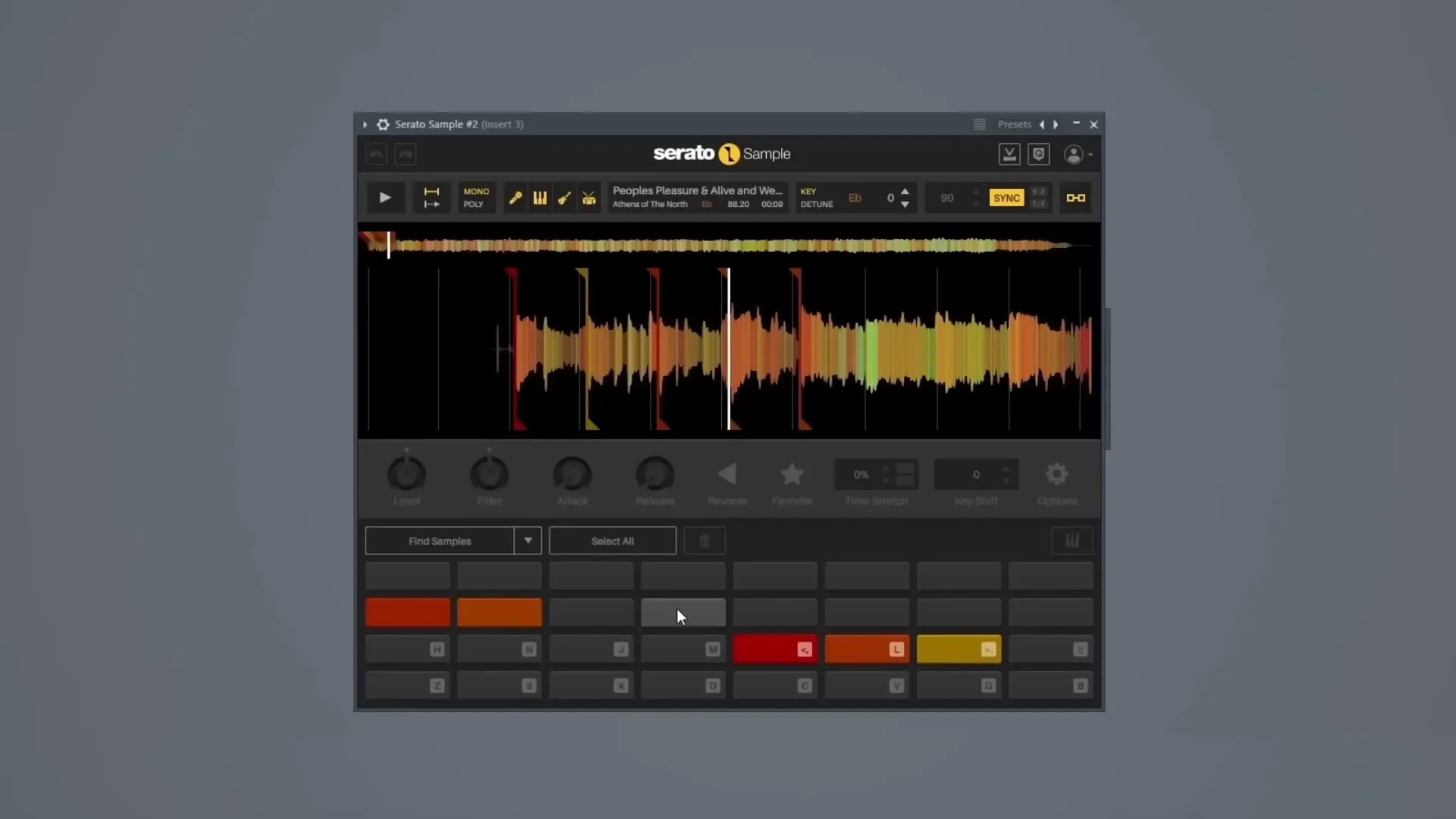
Building Unique Patterns
Tyler is a drum pattern creator who is making a difference in every sample he uses. Not only is this method a means of being creative; but it also encourages producers to think differently. The central line is to have an attentive ear and to locate those exact points where the sample can be enriched instead of sounding too much.
Layering Sounds Effectivel
Tyler’s production style is significantly defined by the aspect of layering. It is by means of layering sounds that he manages to produce a vibrant and interesting sound tapestry which almost ensnares listeners. In the following paragraphs, you will get to know the effective way to layer sounds in your own productions.
The Art of Layering
When layering sounds, it’s essential to consider the frequency spectrum. Tyler often layers complementary sounds that occupy different frequency ranges. This technique creates a fuller sound without muddying the mix.
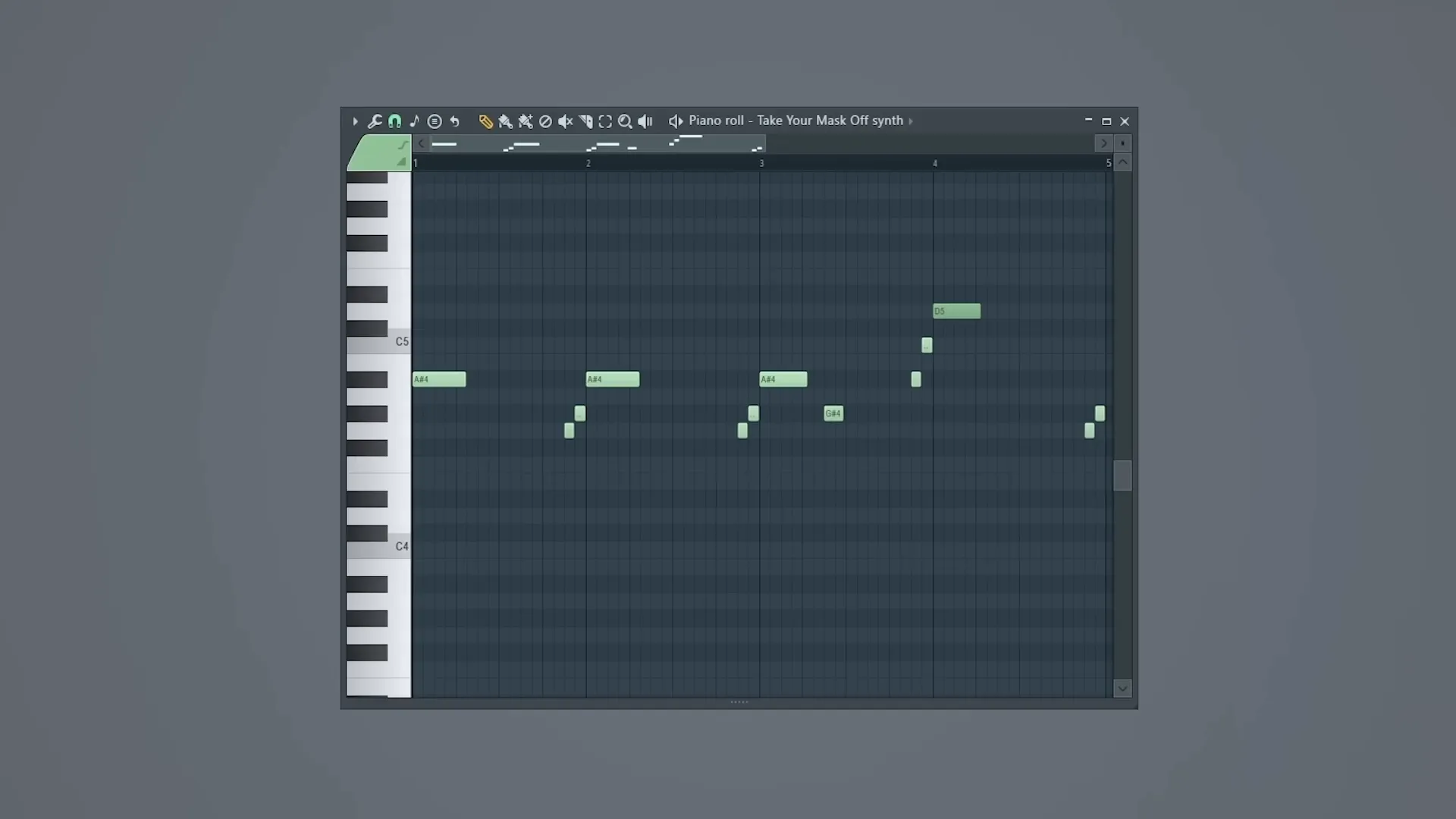
Selective Sound Placement
The very reason behind Tyler’s success is his selective consideration of sounds. He is aware of the right time to add different components as well as the time for them to stay out. This characteristic of being dynamic allows the listener to participate at all times and correspondingly increases the unit’s depth.
The Importance of Simplicity in Patterns
Music production is a field where simplicity usually takes the upper hand. Tyler stands for this with his straight-forward patterns that are added to the sound instead of what it takes away.
Repetition Over Complexity
Tyler knows that repetition is one of the best techniques. Through the repetition of a few simple motifs, he manages to compose an infectious groove that connects with listeners easily. This approach suggests that the use of few elements is sometimes the best approach.
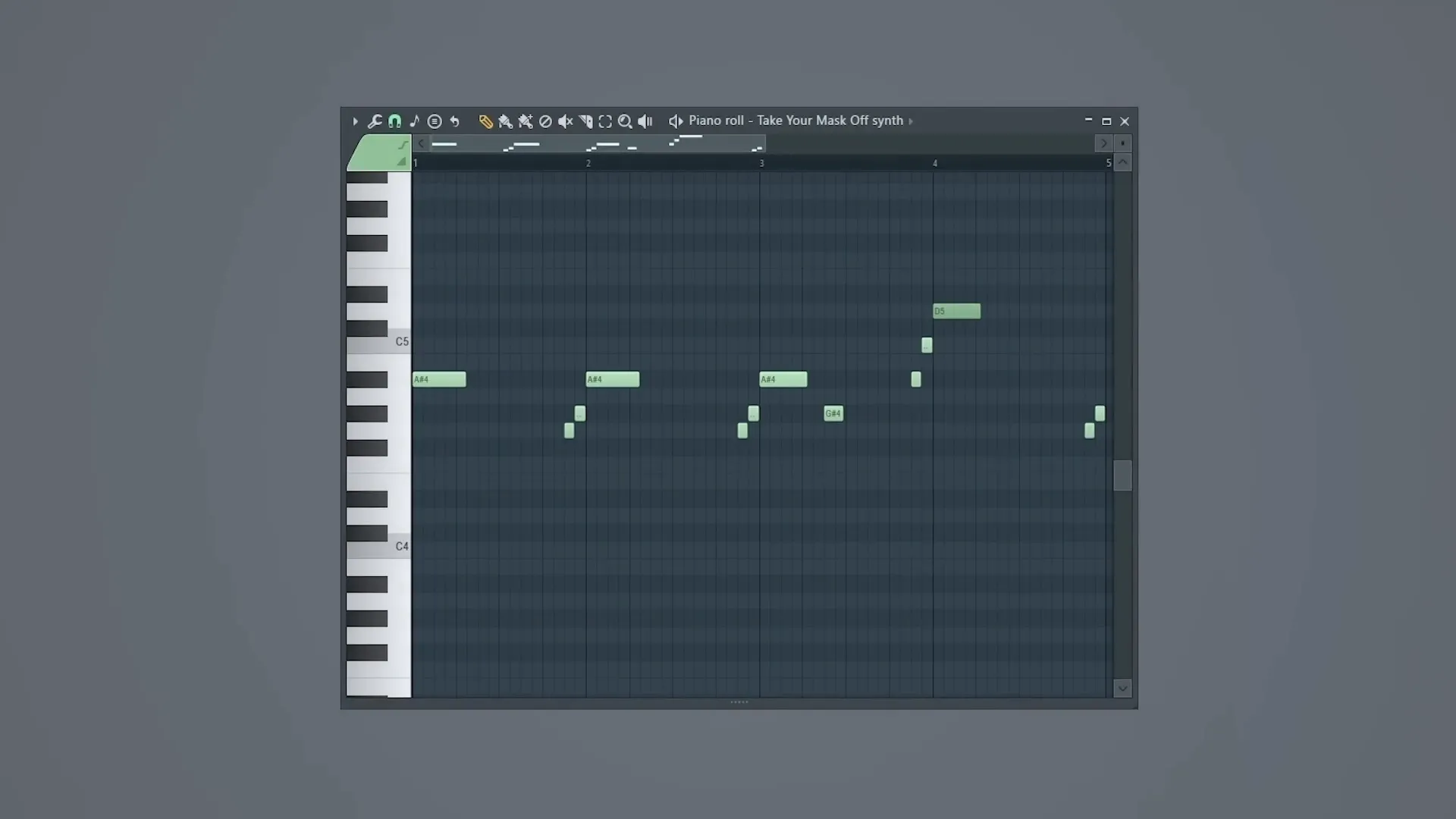
Balancing Complexity and Simplicity
Although complexity can be fascinating, Tyler demonstrates that a cleverly used simple rhythm can also have the same effectiveness. Mastering simplicity can enhance your beats and give the listeners a more complex experience.
Unpacking Hey, Jay
Jay also is a track that conveys Tyler’s thoughtful bet-making skills. The collaboration of tempo and sound choice is the key that unlocks the listening experience which is not only engaging but also delightful and fresh.
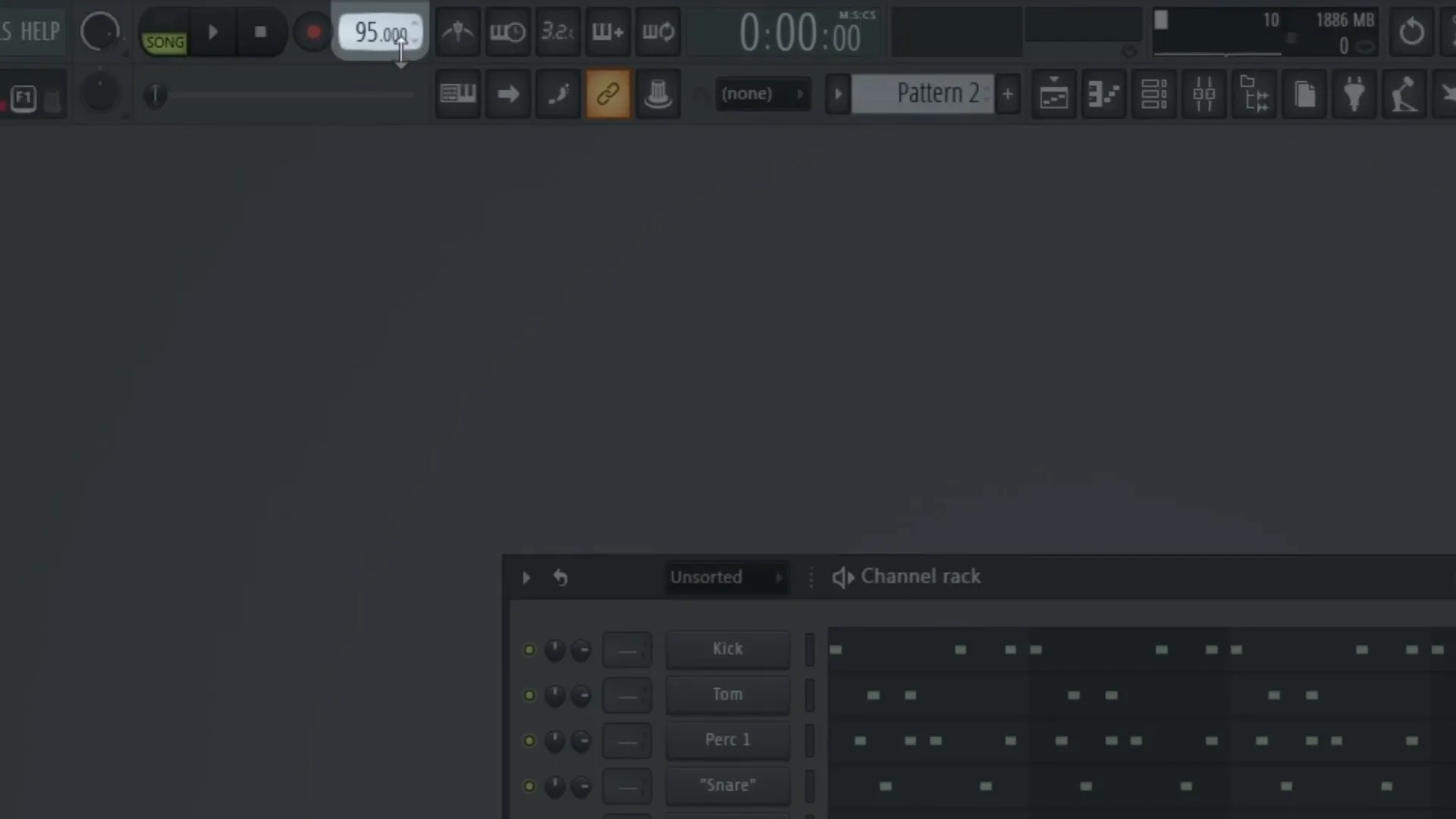
Understanding BPM and Its Impact
The Beating Per Minute (BPM) is one of the crucial determinants of the feel of a track. In “Hey”, Jay, Tyler has a faster tempo which lets him produce shorter, punchier sounds. This decision results in a lively, energetic atmosphere that keeps the audience attracted to it.

Sound Selection Matters
Tyler’s decision to add specific sounds to Hey, Jay is an evidence of his ability to master the tempo of the track. The simple drum sounds make it perfect for the vibe, thus keeping the track cohesive and dynamic at the same time.
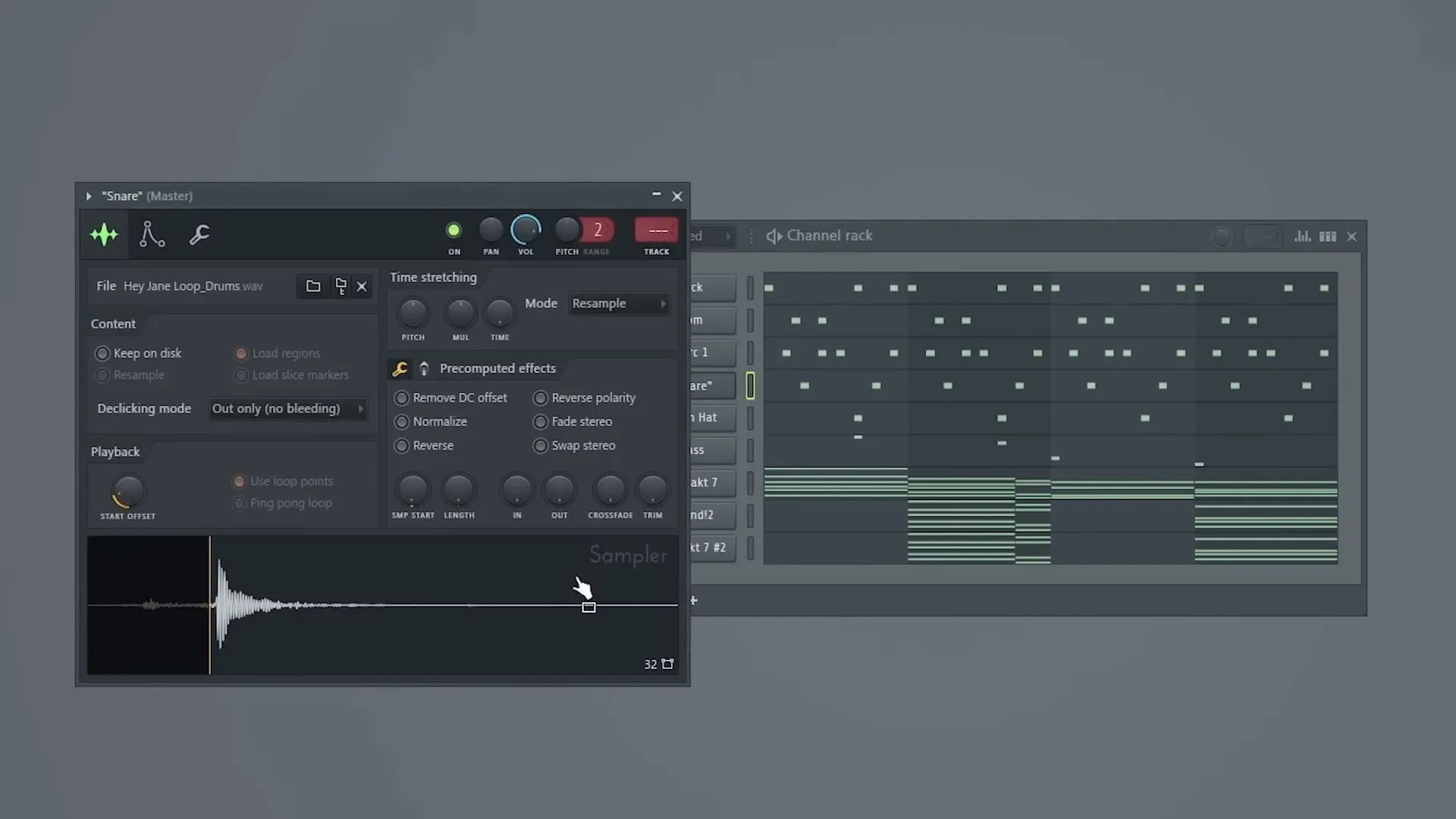
Creating Balance
The essential thing for beat-making is the balance. Tyler is a professional in generating the track with the atmosphere of the space, so he finally manages to assign a separate time to each of the elements in his music. This method not only offers a more enjoyable listening experience but it also proves him as a skilled producer. Replacement Rephrasy can help you copy the human-written text to a rewriting tool of your choice to save time and effort.
BPMs and Beat Making Decisions
The key to designing your sound is getting hold of BPM. The BPM that Tyler chooses not only brings a certain vibe but also tells how each part must act. Similar to the aforementioned, Jay becoming the punchier sounds through a faster tempo instead of a normal scale of his sounds creating an energetic atmosphere that gets involved listeners.
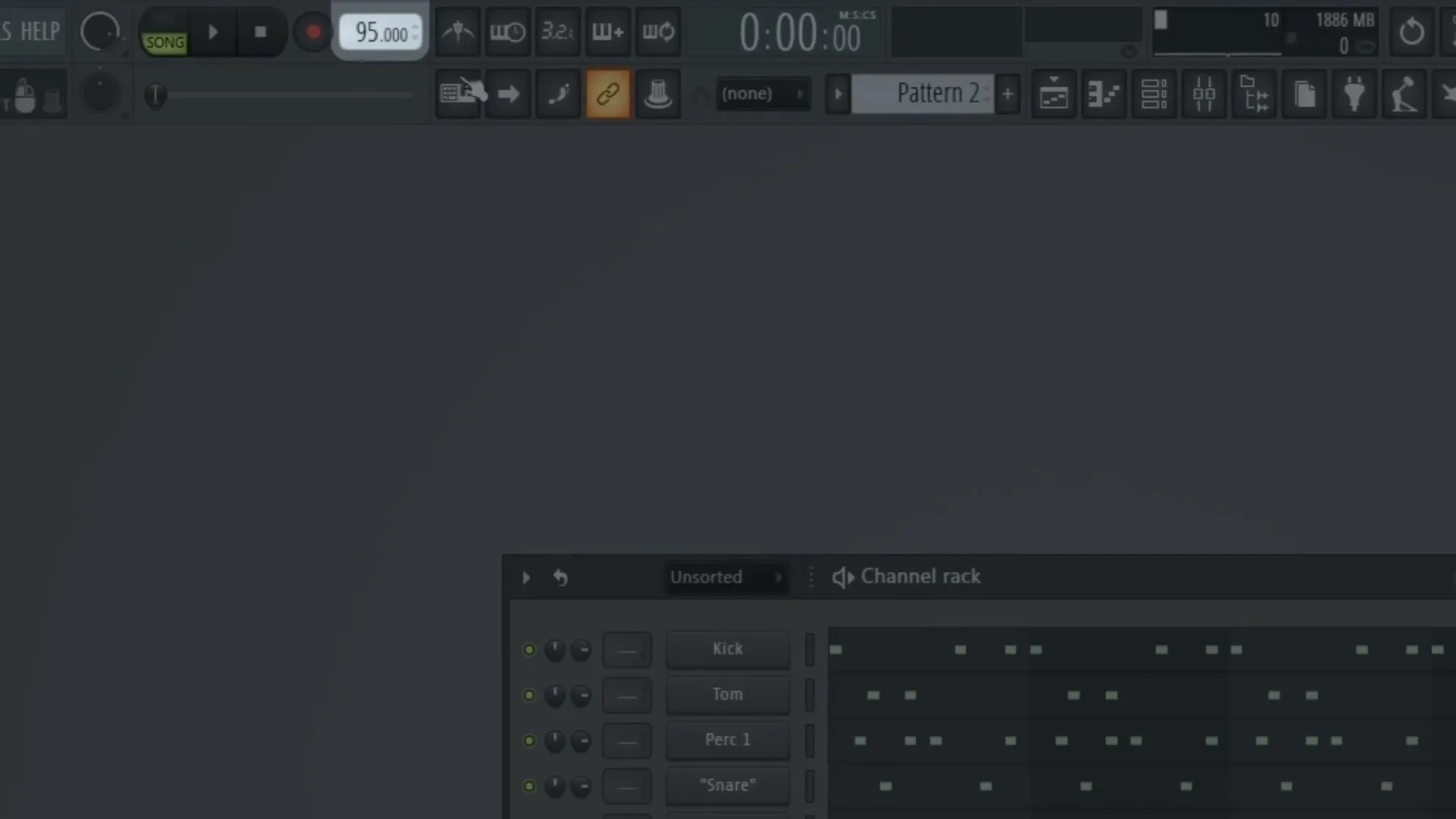
The Container Analogy
BPM is like a box where you put all your creative ideas. With a lower BPM, the drum can be felt to be empty, while if the BPM is more than the perception of fullness would be. This is a very rich visual parenting that helps you in your beat-making.
Adjusting Patterns and Textures
Using different BPMs makes it necessary to modify your echoes and templates. A quicker BPM would be expected to have shorter sounds to keep the balance and clarity. Similarly, the tempo slowing down could ask for more complex patterns to fill the space well.
Visualising BPM with Beakers
The analogy of beakers serving as a metaphor for BPM is an exceptionally powerful visualization. Visualize a beaker that is wide and consists of water denoting low BPM. The water that is lower in height conveys a sense of emptiness. On the contrary, a beaker that is very narrow and has an equal amount of water illustrates a fast BPM, where the level of water appears to be raised.

Practical Applications
You can use the concept you just got to come up with more music. When your BPM increases, all the sounds play in less time, which means more doors for you to fill In the sound. Try playing with different tempos and see how they change your beats.
Final Thoughts on Chromacopia
Tyler, the Creator’s Chromacopia is the proof of his advancement and creativity as a producer. Each record reveals his readiness to explore and break limits. By learning his methods, you can add your uniqueness to your beats and further your music production skills.
Embrace Originality
The vital point that Tyler highlights in his work is the necessity of being original. Don’t let the fear of deviating from the norm stop you. Turn his avant-garde methods into a guiding light that shapes your individual artistry.
Building Your Own Techniques
In whichever way, like sampling, layering, or drum designing, you will surely find the right thing for you. Go through the methods presented and modify them to align with your distinctive fashion. Do not forget that producing music is about man’s own expression of thought and playfulness!
Frequently Asked Questions
What BPM should I use for my beats?
Your choice of BPM directly relates to the ambiance/build you want to create. It is due to the fact that speeding up the tempos (90-120 BPM) will give you an energetic and punchy beat most of the time. Contrary to that, when they are played at lower tempos (60-80 BPM), they can express a more relaxed and atmospheric sound.
How can I make my beats sound fuller?
BPM experimentation, adding different sounds, and modifying your drum patterns are valuable approaches to improving your sound. Creativity should be a priority, and effects like reverb should be used liberally for stereo imaging.
Where can I learn more about production techniques?
Check out our curated articles and videos on howtomakebeatsblog.com for in-depth tutorials and insights from industry experts.


